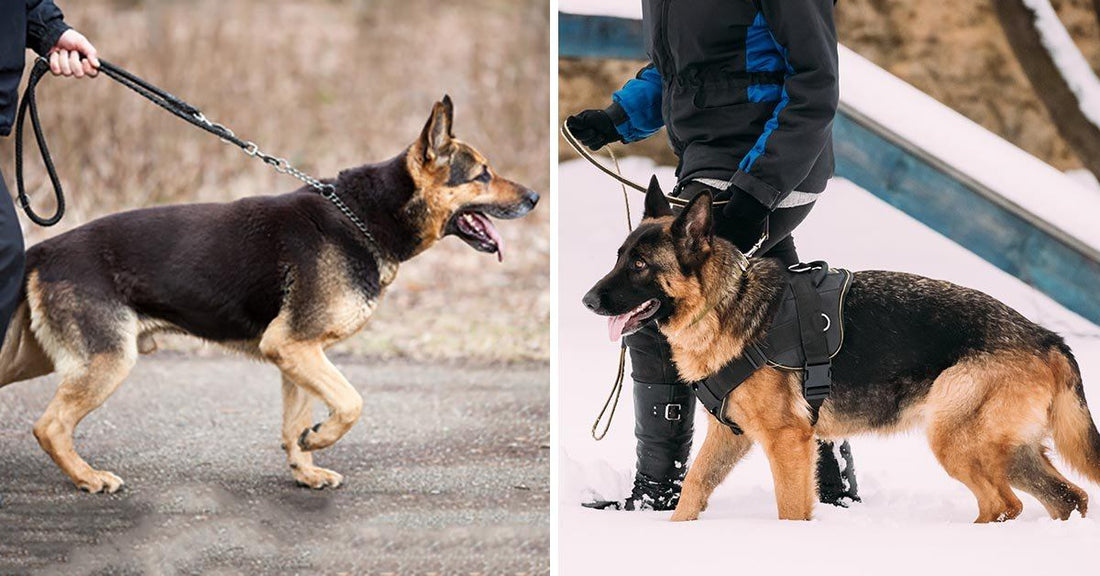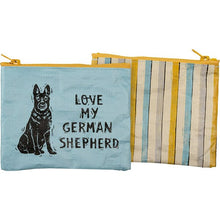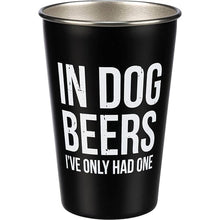Which Is Better? A Harness Or Collar?

If a harness is only a tool you use to walk a dog, why do they spark so much debate among dog owners? For the most part, in one corner there are dog owners whose primary interest lies in protecting their dog from neck and throat injuries. In the other corner are the proponents that believe that if a dog is properly trained to walk on a loose leash, there is no need to worry about throat injuries. Many trainers will advise that teaching a dog to walk on a harness teaches them to pull; however, there are many harnesses on the market that prohibit dogs from doing just that. No matter which side of the debate you find yourself, the bottom line is, the use of a harness or collar boils down to personal preference of the dog owner.
Which is better for my dog a harness or collar?
Each side of the debate has its merits however there is no doubt that a dog trained to walk on a loose leash is an absolute pleasure. But, since dogs don’t come in well trained packages, and each dog and owner are different, there is plenty of room in the debate to sing the praises of a well-fitting harness. Since dogs and owners each have their own training and walking style, perhaps rather than worrying about which is better to walk a dog with, a dog harness or a dog collar, a more appropriate question might be, which is better for you? The bottom line is, each owner needs to feel confident and be in control over their dog. When choosing a harness or collar, there are a few things to consider:
- Size of the dog
- Ability to control the dog
- Health conditions that affect the dog
- Health conditions that affect the owner
When to use a harness on a dog
For dogs that are prone to pulling hard enough to damage their trachea, a harness is a wise choice (along with some proper training and guidance). Harnesses are also excellent choices for small and toy dog breeds. There are many harnesses available and choosing the right harness will depend upon the needs of your dog. Toy or small breeds do best with a back-attaching harness as their small size makes them easy to control. These harnesses also work well on any dog that walks politely on a leash or has shoulder or neck problems. For larger dogs that tend to pull or lunge, a front attaching harness works well as it offers more control as the harness will actually tighten when the dog strains against it. For dogs that require an even higher level of control than a harness, but whose owners don’t want to use a traditional collar, there is a halter, which goes around the back of the head and over the nose that allows more control and the ability to correct unwanted behavior.
When to use a collar on a dog
Traditionally, most dogs are trained to walk on a leash with a collar. There are many types of collars available and the use of each will vary for each dog and the level of control the owner has over the dog. For healthy dogs not at risk of injuring themselves, an owner needs to decide which collar fits best and what collar offers the most control over their dog. For dogs that walk nicely on a leash and don’t have behavior problems that might endanger another dog or person, for the most part, a traditional collar is best. For dogs that can easily slip out of their collars, or dogs with necks larger than their heads, a martingale style collar is useful. Dogs that pull or have potential behavior issues that may require more control in different situations, may need a heavy-duty collar, choke or prong collar (for training only).
Pros and Cons of Harnesses
Front clip harnesses:
Pros – Can be used immediately and there’s no training time required. They reduce pulling and give the owner more control over the dog. These harnesses allow you to easily change direction when needed.
Cons - Some dogs will continue to pull while wearing these harnesses. They have to be fitted properly which can be difficult. To stop your dog from pulling and have more control over your dog, you will need to use other equipment, like a head halter, with the harness. Head halters require time for your dog to get used to them. When your dog is on a loose leash his front legs can get tangled in the leash. Front clip harnesses don’t give you enough control should your dog act aggressive.
Back clip harnesses:
Pros - Back clip harnesses have the leash clip at the top of the dogs back, so they are easy to adjust. Perfect for small dogs or those dogs whose throats have been damaged by collars or have breathing problems.
Cons - These harnesses do nothing for deter pulling and are for calm dogs that don’t pull on the leash. In fact, the design is similar to those used for sled dogs who are encouraged to pull.
Tightening harnesses:
Pros - These harnesses tighten when the dog pulls which causes him to stop or lessen his pulling. They are effective for hindering dogs that are determined to pull.
Cons - It’s important to check out how the harness tightens because some tightening harnesses cause pain. Your dog may associate pain with the harness and become aggressive when you put it on him and not want to go on a walk. We recommend tightening harnesses that put gentle pressure on the dog as they tighten.
You may also like: 7 Easy Training Tips For Loose Leash Walking
























